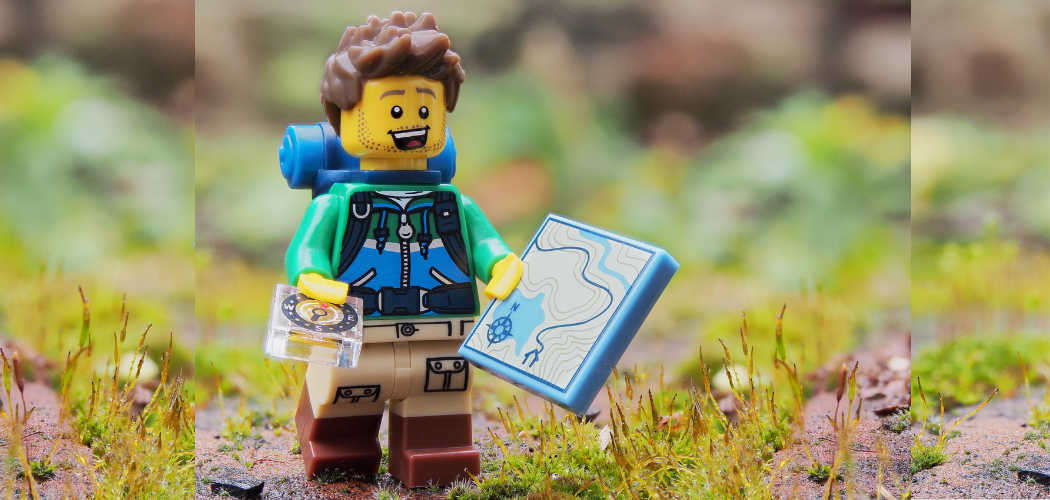-
Evolving design: shaping our work around a service-led model

Gerald Evans ~ Head of Learning Design Since 2020 our experiences as a Learning Design (LD) team have been heavily influenced by much of our work moving online. The pandemic led to us resetting how we operated and in particular required us to find effective online mechanisms for running collaborative sessions while continuing to have…
-
The Introverted Facilitators’ Club: How to be a quiet LD in the sometimes noisy world of module design?

Hayley Johns ~ Learning Designer Back in September, I attended my first ever ‘real life’ or in-person conference (the ALT conference, at the University of Warwick – you can read about my and my colleague’s experiences here). It was a brilliant experience, and we learnt a huge amount. As well as all of the fascinating…
-
Out and about with Learning Design: Learning from working with others

Gerald Evans ~ Head of Learning Design; Emilou Hayden, Catriona Matthews, and Paul Astles ~ Learning Designers In this post, we’re sharing some of the experiences of team members who have worked on external projects. As a team we periodically work with clients both inside and outside the OU to provide Learning Design specialist…
